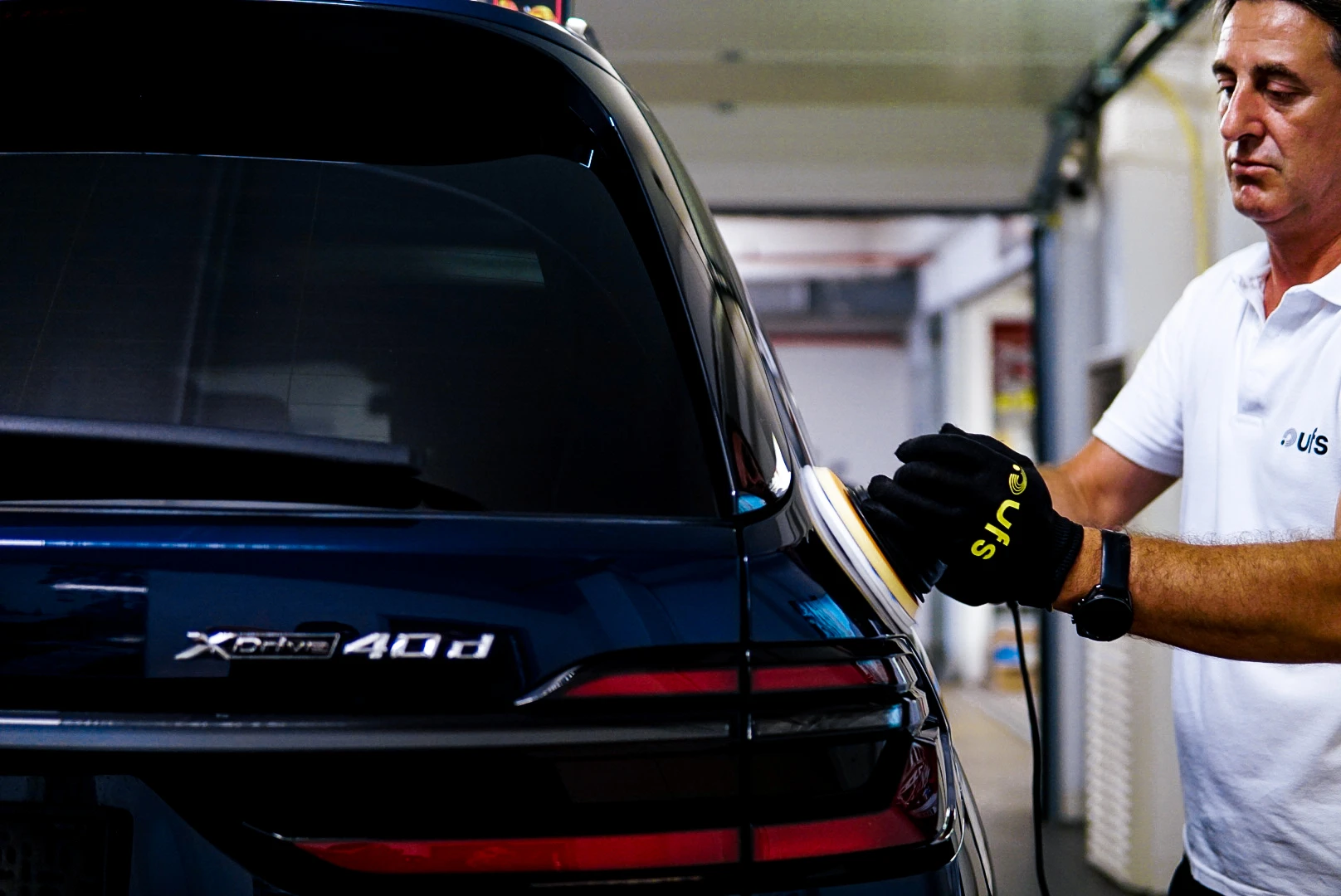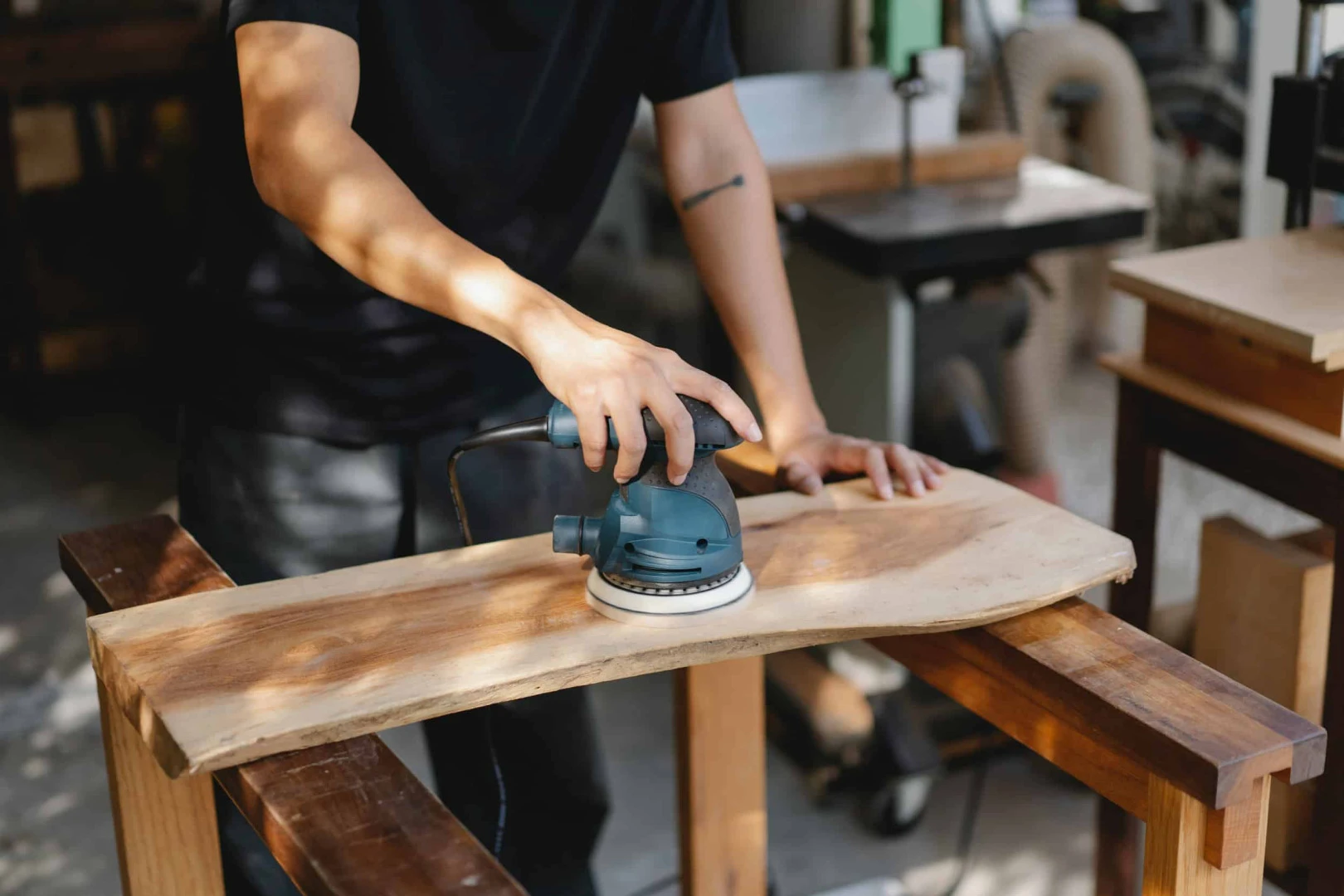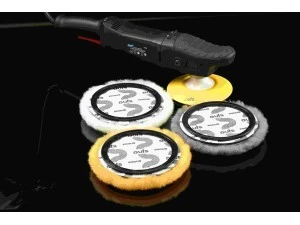Pre-polishing surface preparation is a critical step that directly impacts the quality of the polishing process. Mistakes made during this stage can reduce the effectiveness of polishing and lead to undesirable results. Improper use of equipment and techniques, failure to address surface imperfections, and incorrect material selection are among the main factors that compromise polishing efficiency. This article examines the five most common pre-polishing mistakes and provides practical solutions to mitigate their negative effects. Properly preparing the surface with the right equipment ensures a smooth, high-quality finish, making the understanding of these details essential for a successful polishing outcome.
1. Inadequate Surface Washing with Proper Equipment
One of the most common pre-polishing mistakes is failing to wash the surface using the correct equipment. Insufficient cleaning leaves dirt and debris, reducing polishing effectiveness. Using the right tools is essential: lambswool gloves and mop products are recommended instead of standard washing materials. These tools gently clean the surface while preventing micro-scratches during washing. Proper cleaning ensures the surface is ready for polishing and contributes to a flawless finish. Selecting the correct washing equipment is the first crucial step toward achieving a high-quality polish.
2. Failing to Address Deep Scratches and Paint Defects
Deep scratches and paint defects significantly affect the quality of the polishing process. These imperfections are often found on older or poorly maintained vehicles. Leaving them untreated makes it challenging to achieve a smooth surface during polishing. To resolve this, appropriate sanding techniques should be applied first to level the surface and remove defects. Addressing these imperfections prior to polishing is critical for attaining the desired smooth and glossy finish. Neglecting this step can result in persistent marks and reduce overall polishing efficiency.
3. Incorrect Selection of Machine and Polishing Pads
Using the wrong polishing machine or pad can directly impact the final results. Surface condition and paint color must guide the selection of both machine and pad. For dark-colored surfaces, orbital machines are essential to minimize damage and achieve optimal results. The choice of polishing pad is equally important; orbital lambswool pads are ideal for dark paints. The correct machine-pad combination enhances polishing efficiency, producing a smooth and glossy finish. Conversely, incorrect choices can prolong the process and yield unsatisfactory outcomes.
4. Contamination of Areas Not Intended for Polishing
Contamination of areas that are not meant to be polished can negatively affect the overall result. Unpainted plastics or detailed sections must be cleaned and marked before polishing. Masking tape should be used to protect these areas, preventing unwanted contact with polish or debris. Proper masking ensures clean separation between polished and unpolished areas, maintaining uniformity across the surface. Skipping this step can reduce process efficiency and require additional corrective work.
5. Ignoring Clear Coat Thickness
Neglecting the thickness of the clear coat is a frequently overlooked mistake. The thickness of the clear coat determines the type of polish and pad aggressiveness that can be safely used. Thin clear coats are at risk if aggressive polishing compounds are applied, potentially damaging underlying paint layers. Measuring the clear coat with a paint thickness gauge is essential before application. This allows for selecting the appropriate polishing paste and pad based on surface thickness. Adjusting products according to clear coat depth ensures an effective polish without damaging the paint. Considering clear coat thickness is indispensable for a high-quality and safe polishing process.




